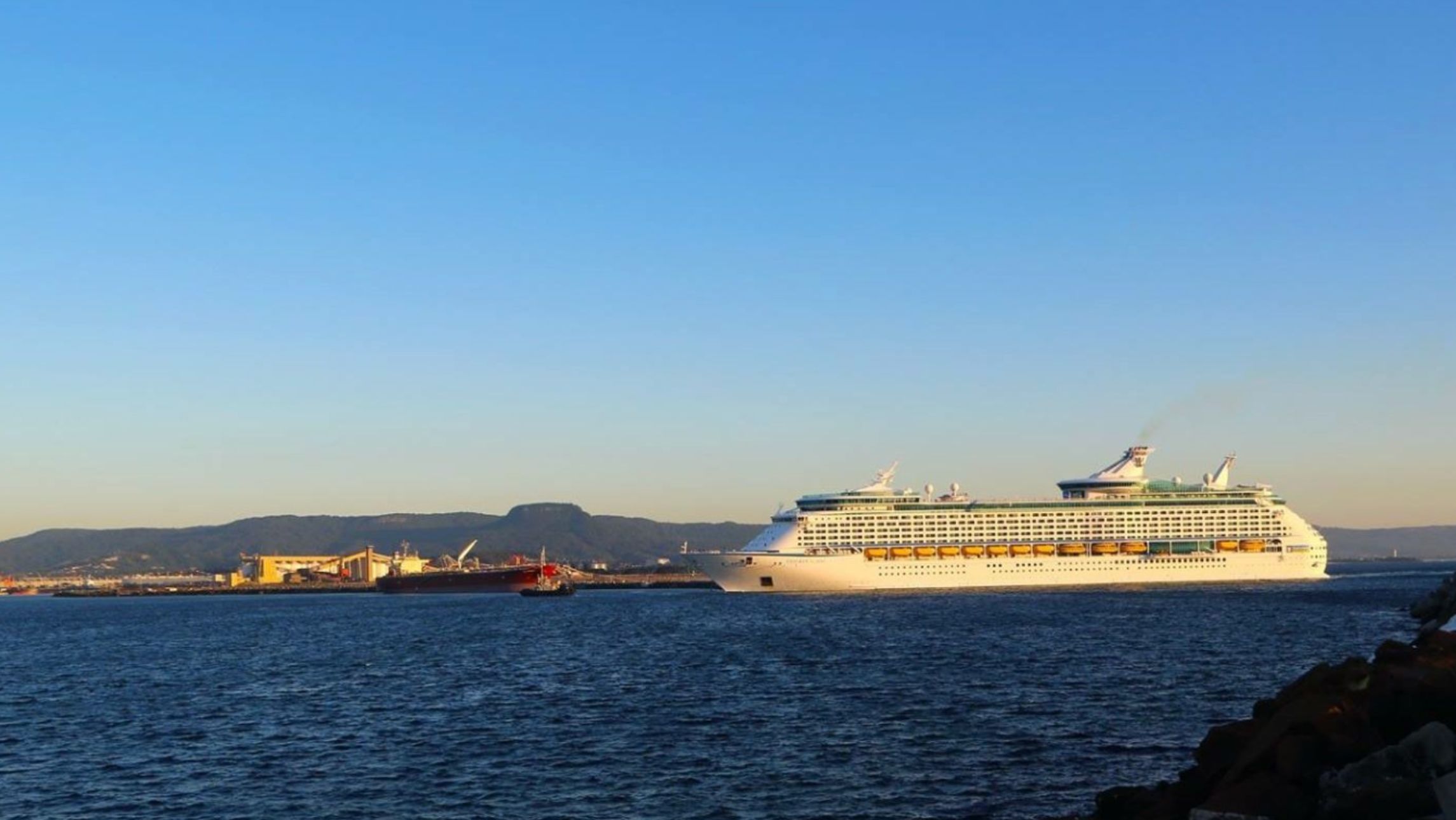Essentials
Language: Portuguese, although in the tourist areas some people have an understanding of English.
Currency: The euro.
Docking/Anchoring: Your ship will dock at either the old port, the Doca de Alcantara, which is just over three kilometres from the city centre close to the 25th of April bridge, or the newer Alfama terminal further up the river.
Itineraries: Features on Europe Mediterranean cruises.
Getting Around: If you are at the old port, most cruise lines offer a shuttle to the downtown area, and there are usually taxis around on arrival. At the Alfama terminal you are very close to the old quarter and downtown area and it’s easy to hail a cab if you don’t fancy climbing the hills.
Overview
Cruising up the Tagus River is one of many reasons why cruising is so special, and if your ship docks at the new Alfama terminal your backdrop will be the the small hillside occupied the city’s stunning Moorish Alfama district. Lively, colourful and a neat city with plenty of sights, Lisbon can’t fail to enchant. It’s located at the mouth of the river on the Atlantic coast, and a delightful mix of museums, castles, cathedrals and cobblestone streets, teeming with history and with plenty of places to climb and escape the crowds.
Must See & Do
Alfama: If you do nothing but amble through its winding climbing streets, this is Lisbon’s top spot if you are pressed for time, or touring later. The oldest part of Lisbon, it was rebuilt in the 18th century after a devastating earthquake and is packed with old homes, cafes, alleys and the colourful trams. Top sights to see include St. George’s Castle, which possesses commanding views and can be seen from almost everywhere in the city, and the imposing Lisbon Cathedral.
Baixa District: If you love to people watch and shop, this is the area to head to. Lisbon’s downtown area has large squares and pedestrian streets making it a joy to explore on foot, and it stretches from the Tagus River to the main Avenida da Liberdade. Also rebuilt after the earthquake in 1755, it is blessed with neoclassical buildings, tiled art deco shop fronts and lively street vendors.
Barrio Alto: Adjacent to the Baixa area, this is Lisbon’s bohemian heart and good place to try some local cuisine such as soft shell crab and pasta. It’s hilly, with narrow streets and bursting with ethnic charm, and if your stay extends into the evening, after dark is the time to visit.
Port Tasting: Portugal’s famous for this sweet, fortified wine which not only makes a great souvenir but comes in many forms. There are port bars dotted around the city where you can try everything from mass produced varieties to some rare local drops.
Belem: Around eight kilometres from the city centre by taxi is the ancient city of Belem, famous for a dramatic 15th century tower called the Torre de Belem. A UNESCO World Heritage site, they describe it as “a reminder of the great maritime discoveries that laid the foundations of the modern world”. It’s a pretty nice photo op too.
Excursions
If there’s the slightest chance you are over Lisbon, or you have visited many times before and are looking for something a bit different, there are a few options to venture further afield. Sintra is usually a full day tour, a beautiful hill top town packed with Moorish castles, museums and gardens, which used to be the haunt of Portuguese royalty and today is another UNESCO World Heritage site. Another option is a tour to Fatima; not just for the religious, this place is home to one of the most important shrines in the world dedicated to the Virgin Mary, also the Monastery of Batalha and it is near to the medieval town of Obidos.








